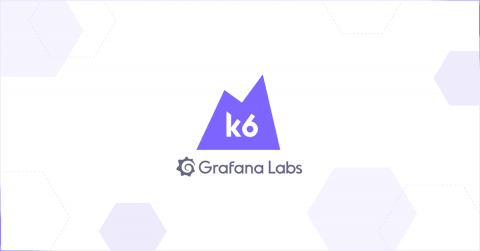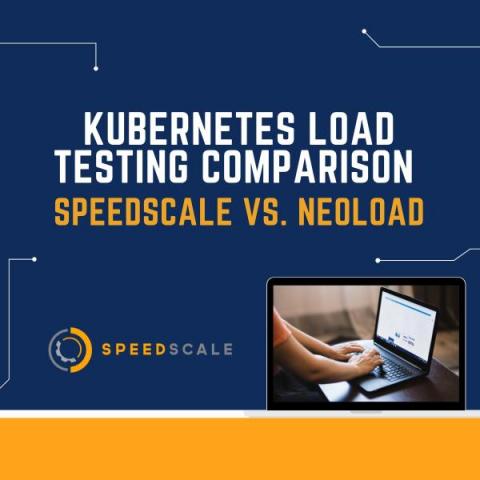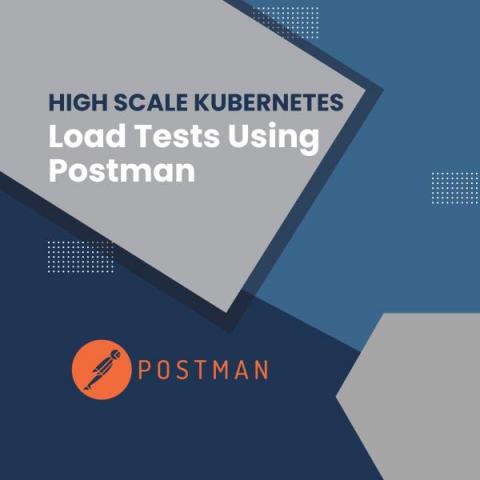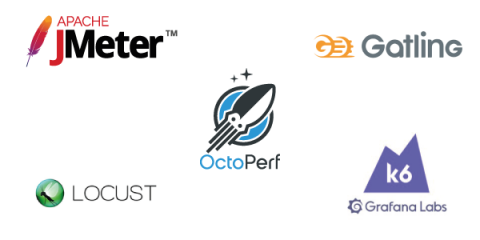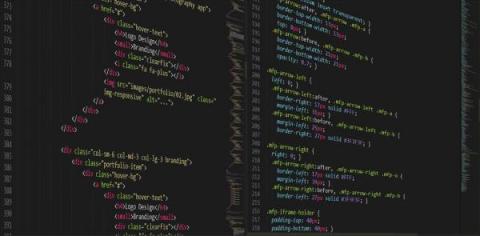Migrating WebRTC Tests From TestRTC To Loadero
Quite often we get requests to provide support to migrate tests from the testRTC testing tool to our service. We try to provide support to our users to help make this transition as easy and flawless as possible. To ease the process further for other users with similar needs this blog post was created.




